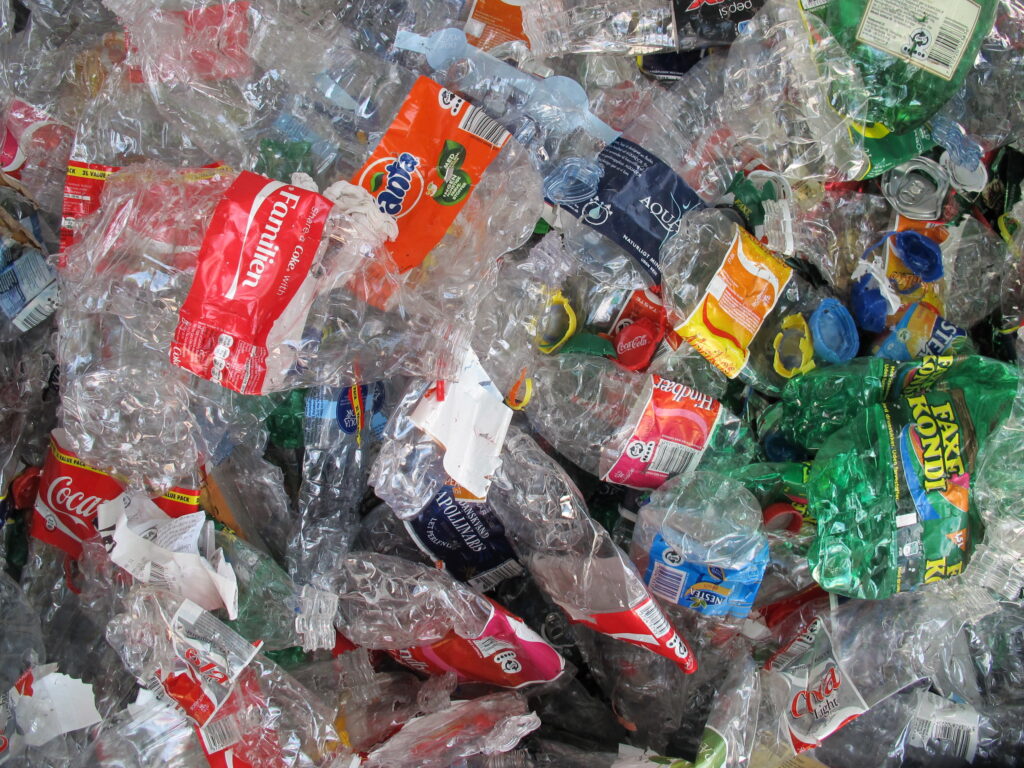
Recycling plastic is a complicated matter. There are many different types of plastic and knowing which things are made of which type isn’t easy. There are increasingly widespread recycling systems across the U.S., but the actual rates of recycling have been described as “abysmal”.
The plastic commonly used in beverage bottles is polyethylene terephthalate, or PET. The present nationwide rate of recycling PET is about 24% and has been about at that level for a decade.
A new study by MIT has found that with a nationwide bottle deposit program, the rates could increase to 82%. At that level, nearly two-thirds of all PET bottles could be recycled into new bottles at a net cost of just a penny a bottle.
The study looked at PET bottle collection and recycling rates in different states as well as other nations with and without bottle deposit policies, and with and without curbside recycling programs. The study is the first to look in detail at the interplay between public policies and the detailed end-to-end aspects of the packaging, production and recycling market.
Recycling of PET is highly successful in terms of quality. New products made from all-recycled material is virtually indistinguishable from virgin material. The crucial bottleneck is the collection of sufficient amounts of material to meet the needs of processing plants. So, the conclusion of the study is that with the right policies in place, significant improvements can be made. Several European countries manage to collect more than 90% of PET bottles for recycling. So, it can be done.
**********
Web Links
How to increase the rate of plastics recycling
Photo, posted August 10, 2013, courtesy of Lisa Risager via Flickr.
Earth Wise is a production of WAMC Northeast Public Radio
Leave a Reply